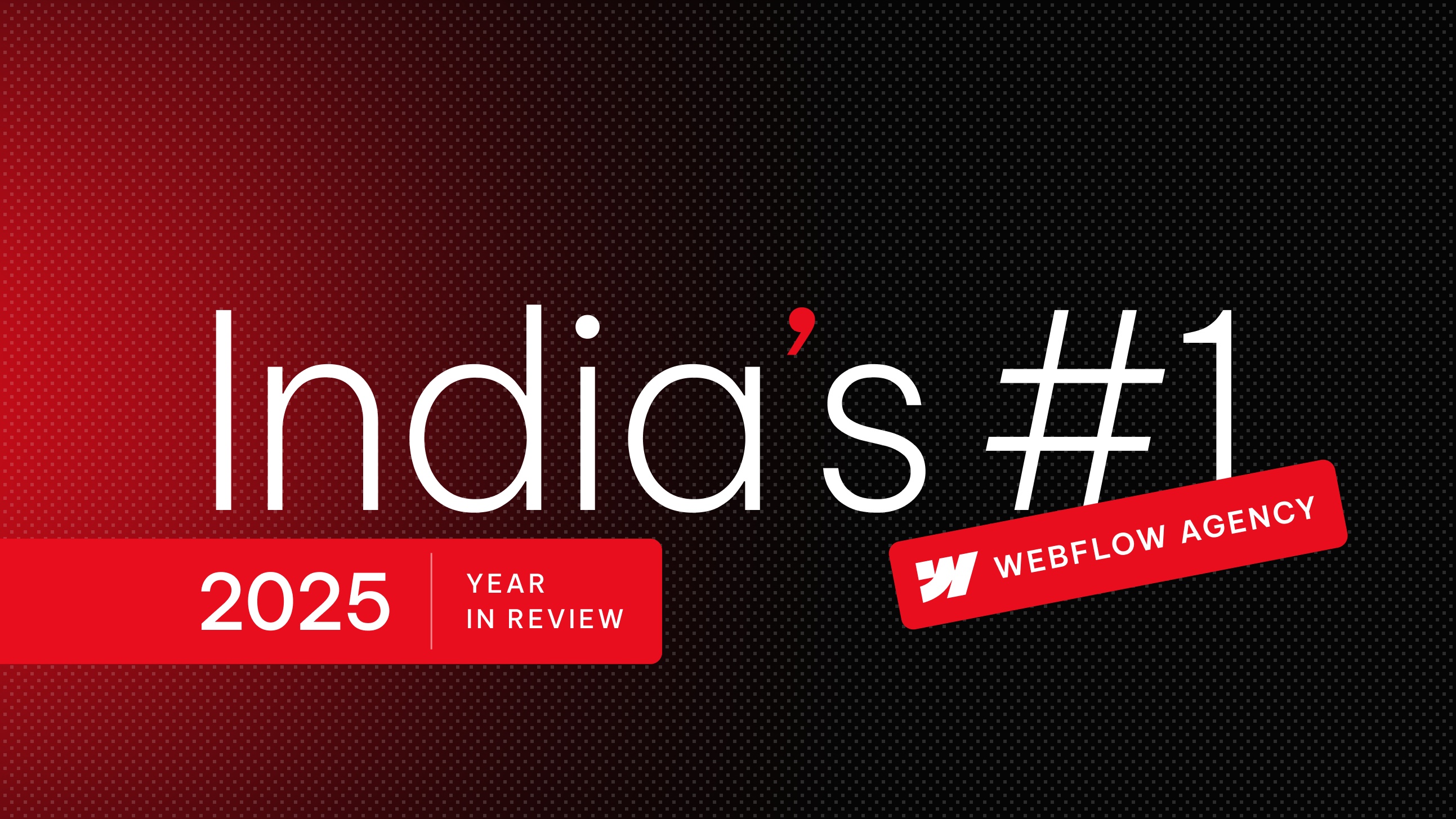Is Webflow better than Shopify?
Table of content
Transform your website with expert Webflow development
Let’s discuss how our team can bring your digital vision to life.
Overview of Webflow and Shopify
Webflow
Webflow is a visual website builder. It lets users create custom sites without coding. Its high customization and design control appeal to designers and creatives. Webflow's pricing starts at $14 per month for the basic plan. More advanced options are available for larger businesses.
Shopify
Shopify is a dedicated eCommerce platform. It prioritizes ease of use and features for online selling. Its ease of use and support make it popular with entrepreneurs. Shopify's basic plan costs $21 per month. It has several tiers for different business sizes.
Key Differences Between Webflow and Shopify:
Detailed Comparison
Customization and Design
Webflow excels in customization, allowing users to create unique and visually appealing websites. Its visual editor provides access to CSS, JavaScript, and HTML, enabling designers to craft tailored experiences. In contrast, Shopify offers a variety of templates but lacks the same level of design flexibility, focusing more on functionality and ease of use.
E-commerce Functionality
Shopify is specifically built for eCommerce, featuring robust tools such as abandoned cart recovery, automated shipping calculations, and extensive payment options. Webflow, while it has e-commerce capabilities, is more limited in this area and may require additional integrations for advanced features.
User Experience
Shopify's user-friendly interface makes it easy for beginners to set up and manage their online stores. Webflow, while powerful, has a steeper learning curve, which may deter those unfamiliar with web design principles.
Pricing and Value
Both platforms have competitive pricing structures, but Shopify's entry-level plan is slightly higher. However, Shopify's comprehensive eCommerce features may justify the cost for many users.
Conclusion
The choice between Webflow and Shopify ultimately depends on your specific business needs. If you prioritize design flexibility and customization, Webflow may be the better option. However, if you seek a straightforward, feature-rich eCommerce platform with extensive support, Shopify is likely the superior choice.
In summary, Webflow vs Shopify boils down to whether your focus is on unique design or ease of use and robust eCommerce functionality. Evaluate your priorities carefully to determine which platform aligns best with your business goals.
Frequently asked questions
Yes. Agencies like AppsRow provide ongoing maintenance, content updates, bug fixes, speed optimization, SEO monitoring, and new feature development to keep your website performing at its best.
AppsRow offers 100% custom design, fast development, optimized CMS structure, lightning-fast performance, and seamless integrations. With expert Webflow developers and long-term support, AppsRow helps businesses grow online.
The cost depends on the project. Simple landing pages start at $300, business websites range from $500–$2,000, and advanced CMS or eCommerce sites range from $2,000–$6,000+. AppsRow provides flexible pricing based on your needs.
They provide custom UI/UX design, clean Webflow development, advanced animations, CMS structuring, SEO optimization, Zapier/Make integrations, and maintenance services—ensuring a fully scalable and high-performing website.
Certified partners bring years of experience, follow best practices, deliver pixel-perfect builds, and ensure your website performs at enterprise level. They also reduce development time and improve your website’s SEO and performance score.
Webflow Development Partners are highly experienced agencies that specialize in building fast, responsive, and SEO-optimized Webflow websites. They handle design, development, CMS setup, integrations, automations, and long-term support.
AppsRow delivers high-performance Webflow websites with modern UI, fast loading speed, perfect responsiveness, SEO optimization, and full CMS setup. With professional developers and seamless support, AppsRow helps businesses grow quickly and efficiently.
Yes. Agencies offer monthly maintenance plans that include backups, updates, bug fixes, content changes, SEO monitoring, and performance optimization.
Yes. Agencies can migrate your content, pages, blog posts, and CMS structure from WordPress to Webflow seamlessly - without losing SEO rankings.
Yes. Webflow is excellent for SEO because it outputs clean code, fast loading speeds, automatic SSL, built-in schema tools, alt tags, and editable meta fields. A Webflow Development Company ensures your website is fully optimized for Google.
A professional Webflow Development Company offers a full team (designers, developers, SEO experts, QA testers), faster delivery, better project management, and long-term support. This ensures a more reliable and scalable website compared to hiring a single freelancer.
A Webflow Development Company specializes in designing, developing, and optimizing websites using Webflow. They handle everything—from custom design, responsive development, animations, CMS setup, SEO, to integrations like HubSpot, Make, Zapier, and API connections.


